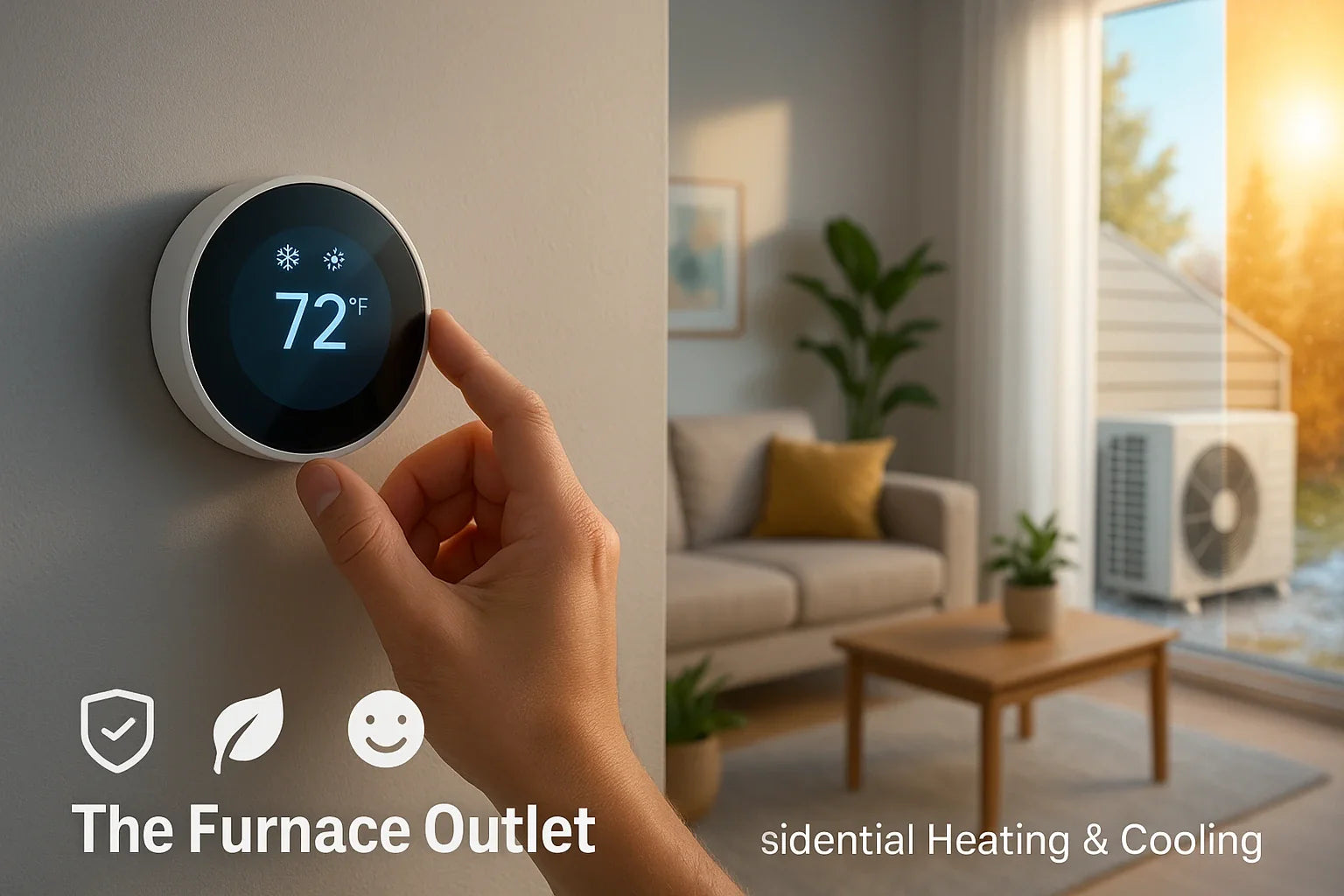What Makes Seasonal Properties Different
Seasonal homes and cabins cycle between “vacant” and “occupied,” sometimes with long gaps. That means your system must: (a) protect the structure (freeze avoidance, moisture control) during vacancy; (b) recover comfort rapidly on arrival; and (c) operate efficiently when only part of the home is in use. Remote locations also influence serviceability and power availability (propane, limited amps, generator use). Finally, many cabins are mixed-construction: additions with different insulation levels and solar exposure, plus rooms (lofts, basements, sunrooms) that behave unlike the main volume. Treat each space as a use-zone first and a duct zone second. That framing leads to smaller nameplate capacity, but smarter distribution and controls. For gear categories that thrive in this pattern like ductless and PTAC see PTAC Units.
Manual J Still Rules—With Seasonal Inputs
Manual J remains the gold standard for sizing—even for getaways. The difference is inputs: specify realistic internal gains for vacancy (nearly zero people/appliances), then run a second scenario at peak occupancy (guests + cooking + hot water loads) to bound the design. Be honest about envelope quality, glazing orientation, and infiltration—cabins often have more leakage and large, scenic windows. Use local weather data for the site, not the nearest metro. Where additions exist, model them as separate blocks. The output should guide both total capacity and how you split it across rooms or heads.
For help translating Manual J into product, start at our Sizing Guide or send a plan via Quote by Photo.
Intermittent-Use Adjustments That Matter
Intermittent use changes design priorities. During vacancy, set heating to ~55 °F for freeze protection and cooling to ~78–80 °F for humidity control. In Manual J, model these as standby setpoints to size latent capacity appropriately. Next, evaluate recovery: rather than oversize equipment, design for zone-by-zone startup and use inverter ramping to add sensible capacity for the spaces you’ll actually occupy first (living/kitchen).
Arrival Recovery Tactics (ASCII)
[Entry]──▶[Main Living]──▶[Kitchen]
│ │ │
└──▶[Primary Bed] (Bedrooms last)
Zoning reduces the “whole-house slug” you’d need to cool/heat all rooms at once. If bedrooms are mainly night-use, treat them as a separate schedule. In humid regions, include a dehumidification mode or a standalone solution to keep RH ~50–55% when away. Pair these strategies with smart controls & accessories for armed-before-arrival setpoint bumps.
Zoned Solutions: Why Ductless Mini-Splits Win Here
Ductless mini-splits shine in seasonal homes because they deliver capacity only where needed, with minimal standby losses. Inverter compressors match part-load operation, avoiding short-cycling common in oversized single-stage equipment.
Cold-Climate Heat Pumps & Dual-Fuel Options
Modern cold-climate heat pumps maintain meaningful capacity well below freezing (many listed to –22 °F) and eliminate the need for separate cooling equipment. For cabins that see deep cold, two robust approaches are: a dual-fuel packaged setup blending a heat pump with gas for automatic switchover at a calculated balance point see Dual-Fuel Packaged Units.
Smart Thermostats, Vacation Modes, and Remote Prep
Controls make or break seasonal performance. Use Wi-Fi thermostats or integrated app controls to (a) hold freeze-avoidance and humidity setpoints when vacant, and (b) “arm” a staged ramp-up 2–4 hours before arrival. Multi-zone ductless systems offer per-room schedules, while packaged/central systems can use smart stats with remote sensors to bias comfort where people are.
Suggested standby targets
|
Season |
Temperature |
Humidity Aim |
Notes |
|
Heating |
55 °F |
40–50% RH |
Prevent freezing, limit dryness |
|
Cooling |
78–80 °F |
50–55% RH |
Control mold risk |
Browse Accessories for controls, condensate safeties, and surge protection.
Right-Sizing Beats Oversizing—Even for Fast Recovery
It’s tempting to oversize for “instant comfort,” but seasonal homes suffer more from short cycling, poor dehumidification, temperature swings, and higher operating cost when capacity dwarfs the load. Right-sized inverter equipment can still recover quickly—by prioritizing occupied zones first and using turbo modes for an hour, then settling to steady part-load. If you truly need a short boost, pair a correctly sized heat pump with modest auxiliary heat in the air handler and lock out the strips above a smart outdoor temperature threshold.
Moisture Management for Empty Houses
Vacation homes sit empty while moisture keeps working. Plan for humidity control explicitly. Many mini-splits have a “dry” mode; some packaged and central systems can add dedicated dehumidification or reheat strategies. Your target is ~50–55% RH during vacancy and ~45–50% RH when occupied (comfort + mold control). In basements or lake-adjacent cabins, a standalone dehumidifier may be the simplest insurance policy—just ensure proper condensate routing and power.
Envelope Improvements & Equipment Placement
Before you buy bigger, reduce the load. Air-seal obvious gaps, insulate attic hatches, and consider low-e window films or seasonal coverings for large west-facing glass. These upgrades reduce tonnage, shorten recovery times, and improve room-to-room uniformity. Next, place indoor units where they serve people first: main living/kitchen, primary bedroom, and bath circulation paths. Avoid blasting a hallway while the great room bakes in the sun.
Use our Sizing Guide to sanity-check loads after envelope tweaks, then finalize head count and placement with the Design Center.
Selection Workflow + When to Use PTAC/TTW/Window Units
Here’s a simple workflow:
-
Run Manual J (vacant + peak-occupancy scenarios).
-
Define use-zones and arrival recovery priorities.
-
Pick the platform: multi-zone ductless for most cabins; packaged units.
-
Verify line sets, electrical, and condensate details.
For tiny cabins, bunkhouses, or budget projects, single-room options are excellent: PTAC heat pumps.







